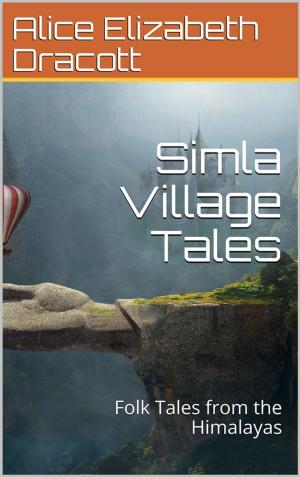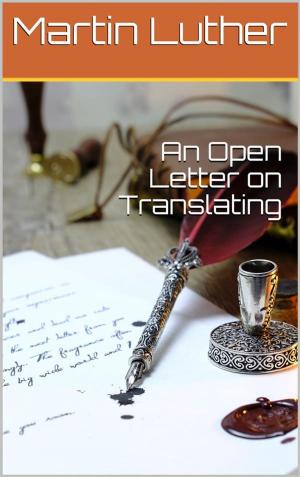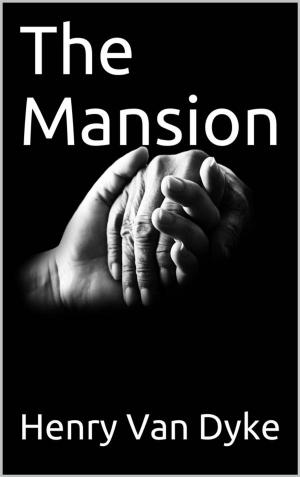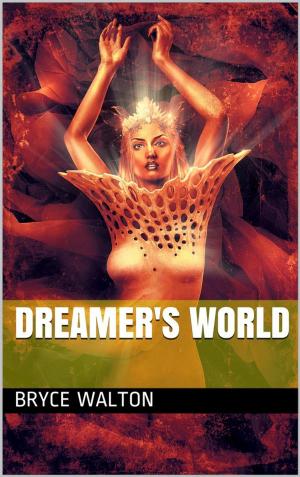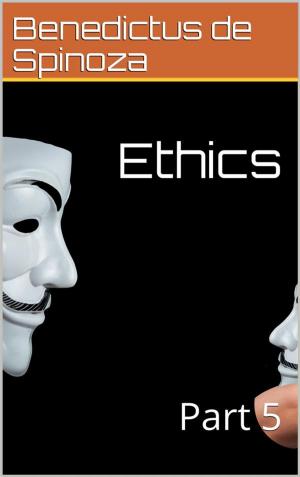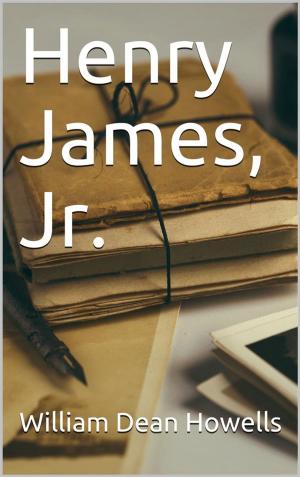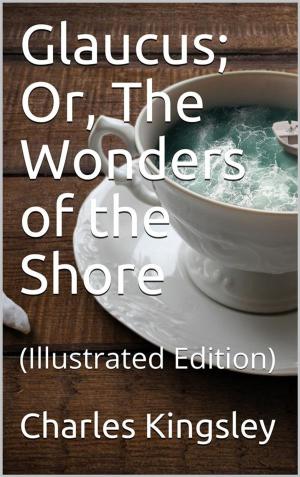| Author: | Frank Richard Stockton | ISBN: | 9788829583928 |
| Publisher: | iOnlineShopping.com | Publication: | December 18, 2018 |
| Imprint: | Language: | English |
| Author: | Frank Richard Stockton |
| ISBN: | 9788829583928 |
| Publisher: | iOnlineShopping.com |
| Publication: | December 18, 2018 |
| Imprint: | |
| Language: | English |
"The Lady, or the Tiger?" is a much-anthologized short story written by Frank R. Stockton for publication in the magazine The Century in 1882. "The Lady, or the Tiger?" has entered the English language as an allegorical expression, a shorthand indication or signifier, for a problem that is unsolvable.
The short story takes place in a land ruled by a semi-barbaric king. Some of the king's ideas are progressive, but others cause people to suffer. One of the king's innovations is the use of a public trial by ordeal as an agent of poetic justice, with guilt or innocence decided by the result of chance. A person accused of a crime is brought into a public arena and must choose one of two doors. Behind one door is a lady whom the king has deemed an appropriate match for the accused; behind the other is a fierce, hungry tiger. Both doors are heavily soundproofed to prevent the accused from hearing what is behind each one. If he chooses the door with the lady behind it, he is innocent and must immediately marry her, but if he chooses the door with the tiger behind it, he is deemed guilty and is immediately devoured by it.
The king learns that his daughter has a lover, a handsome and brave youth who is of lower status than the princess, and has him imprisoned to await trial. By the time that day comes, the princess has used her influence to learn the positions of the lady and the tiger behind the two doors. She has also discovered that the lady is someone whom she hates, thinking her to be a rival for the affections of the accused. When he looks to the princess for help, she discreetly indicates the door on his right, which he opens.
The outcome of this choice is not revealed. Instead, the narrator departs from the story to summarize the princess's state of mind and her thoughts about directing the accused to one fate or the other, as she will lose him to either death or marriage. She contemplates the pros and cons of each option, though notably considering the lady more. "And so I leave it with all of you: Which came out of the opened door – the lady, or the tiger?"
"The Lady, or the Tiger?" is a much-anthologized short story written by Frank R. Stockton for publication in the magazine The Century in 1882. "The Lady, or the Tiger?" has entered the English language as an allegorical expression, a shorthand indication or signifier, for a problem that is unsolvable.
The short story takes place in a land ruled by a semi-barbaric king. Some of the king's ideas are progressive, but others cause people to suffer. One of the king's innovations is the use of a public trial by ordeal as an agent of poetic justice, with guilt or innocence decided by the result of chance. A person accused of a crime is brought into a public arena and must choose one of two doors. Behind one door is a lady whom the king has deemed an appropriate match for the accused; behind the other is a fierce, hungry tiger. Both doors are heavily soundproofed to prevent the accused from hearing what is behind each one. If he chooses the door with the lady behind it, he is innocent and must immediately marry her, but if he chooses the door with the tiger behind it, he is deemed guilty and is immediately devoured by it.
The king learns that his daughter has a lover, a handsome and brave youth who is of lower status than the princess, and has him imprisoned to await trial. By the time that day comes, the princess has used her influence to learn the positions of the lady and the tiger behind the two doors. She has also discovered that the lady is someone whom she hates, thinking her to be a rival for the affections of the accused. When he looks to the princess for help, she discreetly indicates the door on his right, which he opens.
The outcome of this choice is not revealed. Instead, the narrator departs from the story to summarize the princess's state of mind and her thoughts about directing the accused to one fate or the other, as she will lose him to either death or marriage. She contemplates the pros and cons of each option, though notably considering the lady more. "And so I leave it with all of you: Which came out of the opened door – the lady, or the tiger?"




